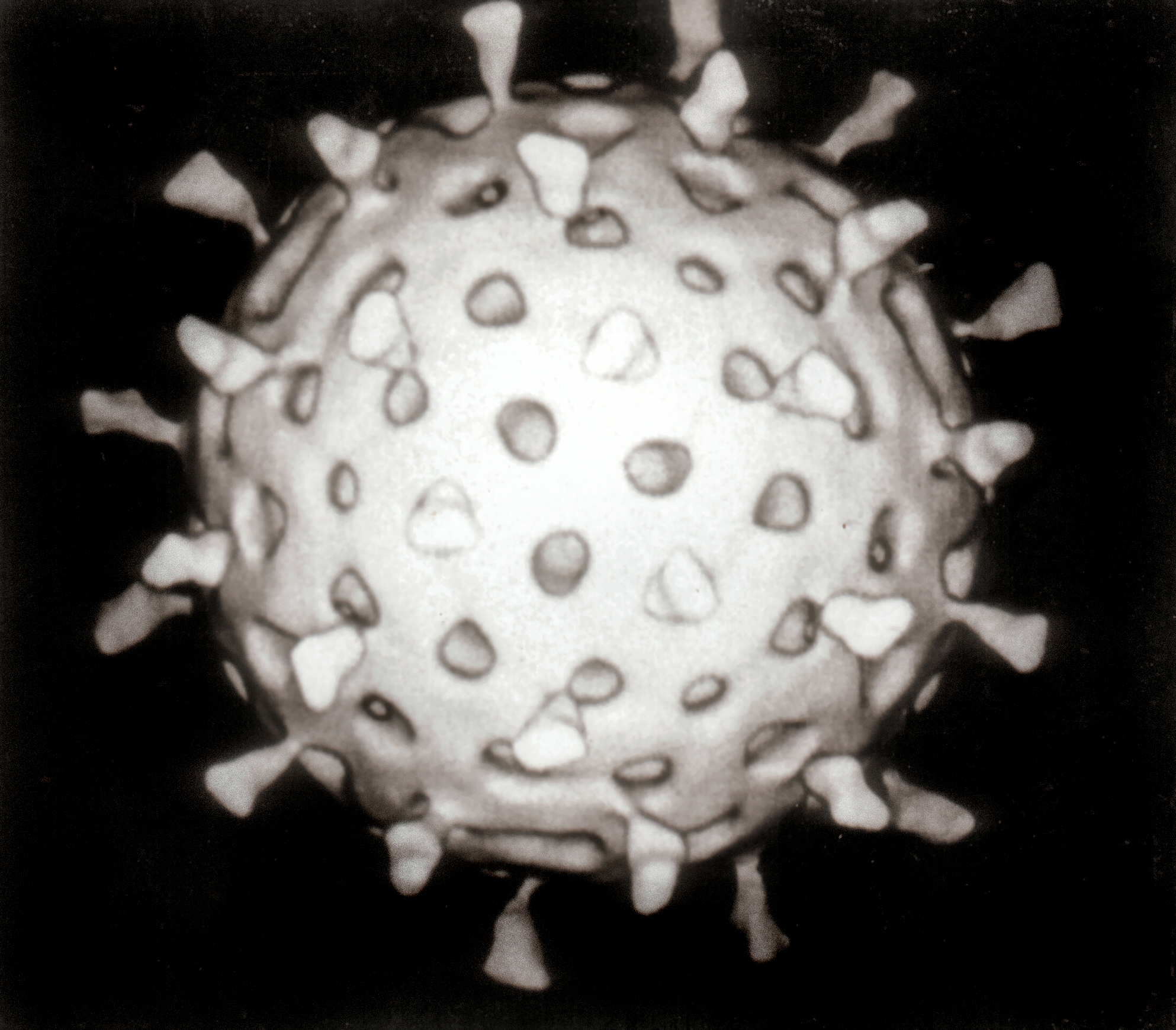The Rotavirus Vaccine Saved 28,000 Children's Lives in 2016 - We Could Have Saved 83,000 More
/The JAMA Pediatrics study gives us the most up-to-date epidemiology yet about this #1 diarrheal killer of children.
This is rotavirus.
Hello.
Rotavirus is everywhere. By age 5, almost every child in the world has experienced a rotavirus infection at least once. But for most practitioners in the US, rotavirus doesn’t keep us up at night.
Not so for the rest of the world, as this study, appearing in JAMA Pediatrics brings into stark relief.
This study is an epidemiological tour-de-force. Researchers used data from the huge Global Burden of Disease Study, which uses hundreds of researchers around the world to collect boots-on-the-ground data on deaths and disability from a variety of causes. Combining all this data requires a degree in Bayesian statistics – as the study design accounts for the inherent uncertainty and sampling error that occurs when you try to, say, figure out how many people have diarrhea in sub-Saharan Africa.
The study provides the most up-to-date data we have on the impact of rotavirus around the world. Here are the topline results:
In 2016, there were an estimated 258 million rotavirus infections in children under age 5 around the world. There were 128,000 deaths. In fact, Rotavirus was the leading cause of diarrheal deaths in children under age 5 – outpacing cholera, shigella, salmonella and any other bug you can think of. It was the 3rd leading cause of infectious deaths in that age group, being outpaced only by malaria and Strep pneumococcus. In other words, if you want to cut down child mortality due to diarrheal illness, rotavirus is public health enemy number 1.
Now some good news.
True story: my first kid threw-up immediately after receiving this vaccine. But I still like it.
Rotavirus vaccines work well. Prior studies have demonstrated vaccine efficacy of 50-90%. That translates directly into lives saved. The current study estimates that more than 28,000 deaths were averted by rotavirus vaccination worldwide in 2016.
The bad news is that only 28% of eligible children were vaccinated. Had universal vaccination occurred, the researchers estimate that an additional 83,000 children’s lives could be saved.
Fortunately, these vaccines are getting cheaper. Certain developing countries can get a dose for around 50 cents. In the US, with a coupon, you can get a dose at Costco for $125.
Free Coupon!
But the US does not bear the burden of this disease the way the developing world does. The authors estimate that vaccination saved about 25 lives in the US and Canada in 2016. It saved 24,200 lives in Sub-Saharan Africa. This is, as we say in epidemiology, significant bang for your buck.
OK, readers, let me know how I inevitably messed this up.
Now, to be fair, the study did not model risks of vaccination – in this case the only real documented risk is that of intussusception – I would have loved to see some data on that, but it’s hard to argue that that rate would somehow outweigh the mortality benefits. Just to give you some numbers, the CDC puts the rate of intussusception from rotavirus vaccine at somewhere between 1 in 20,000 to 1 in 100,000. On the other hand, some rough back of the envelope math suggests that for every 4000 kids you vaccinate, you save one life.
So we have an effective strategy to prevent this disease. We have the resources to deploy that strategy. But where most of us live, deaths from rotavirus are exceptionally rare. This paper reminds us that that rareness is a luxury. But it’s a luxury we can export.







